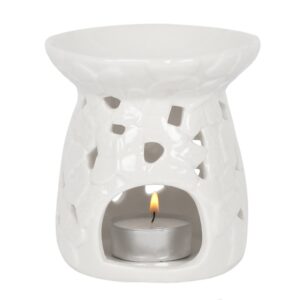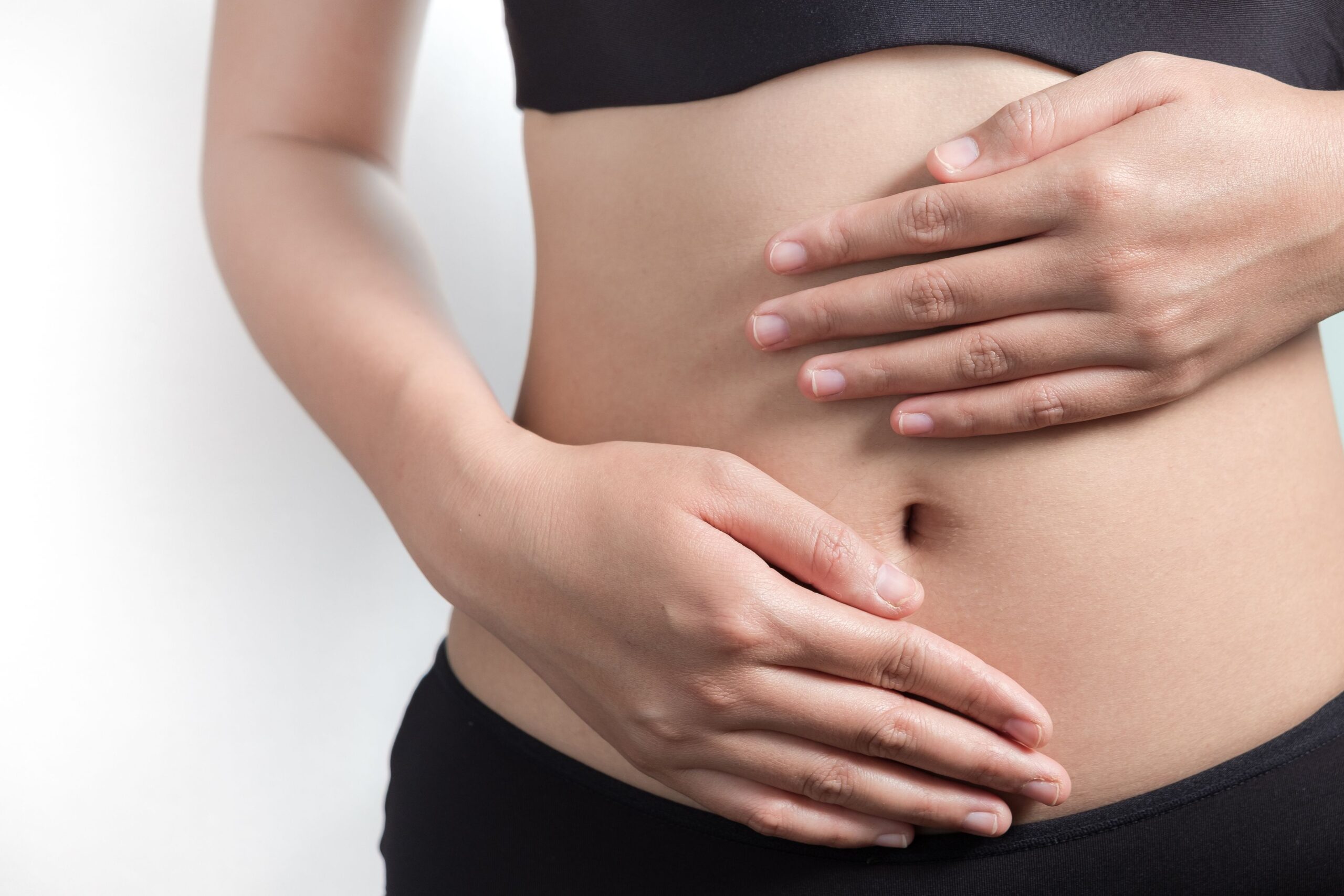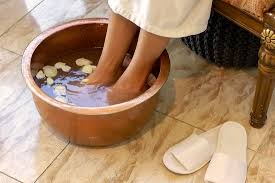Peppermint has been used as a tonic for centuries, and its fresh aroma is evident in toothpastes and mouthwashes today.
Peppermint is a powerful digestive stimulant; it aids the digestion of fats and strengthens liver function. This makes it an excellent oil for relieving indigestion and treating gastric fevers and diarrhoea.
Decongestant properties
Peppermint stimulates the circulation, reviving aching muscles and joints. It is also a powerful decongestant and can be used to treat fevers and respiratory infections. Additionally, it acts as a good deodorant.
Peppermint complements other decongestant oils, especially eucalyptus and thyme, which work to boost the body's immune system. Its aroma can also help to cool feelings of anger, hysteria or emotional burnout.
Active Ingredients of Peppermint
One of the main active ingredients of peppermint it menthol. Being a form of alcohol, menthol is responsible for stimulating and invigorating properties. However, as it can cause skin irritation and sensitivity it should be used sparingly.
Ketones
The ketone menthone makes up 20-30% of peppermint oil, and its therapeutic properties work to relieve pain.
Esters
Peppermint oil also contains esters such as menthyl acetate. These give rise to the anti-inflammatory and soothing properties.
Uses of Peppermint
Peppermint oil can be used in a number of natural remedies - from a decongestant that treats colds and flu to an invigorating foot spa for reviving tired and aching feet.
Focus your mind with peppermint
Refreshing peppermint oil invigorates the mind, acting as a nerve tonic and stimulant.
To sharpen concentration and alertness, simply combine 5 drops each of peppermint and basil oil with 10 drops lemon and use in a room vaporiser.
Fight mental fatigue and emotional burnout with a stimulating whole body massage. Add 50ml sweet almond oil to 4 drops each of peppermint and geranium and 10 drops of rosemary.

Clear headaches with a soothing neck massage using peppermint and lavender oils.
Folklore and Magic
The ancient Greeks and Romans recognised the beneficial effects of peppermint and used it to relieve colds, fevers, headaches and stomach complaints.
Peppermint's strong, clean odour led to the belief that it was a good purifier. It was sometimes used to rub walls, floors and furniture, to purify an area and seal it from negativity.
In medieval times, peppermint was thought to 'make the heart of man rejoice', so bedrooms were strewn with mint leaves to encourage pleasure. Fragrant leaves were also placed under pillows to encourage good dreams.
Digestive Disorders
Use peppermint's digestive and antiseptic properties to treat common digestive disorders.

For relief from constipation, dilute 3 drops peppermint, 5 drops lemon and 7 drops rosemary in 25ml grapeseed oil.
Massage gently over the abdomen in clockwise, circular movements every couple of hours.
Ease painful acid heartburn by dissolving a single drop of peppermint oil in a teaspoon of honey in a mug of hot water. Stir together and sip slowly.
Treat diarrhoea with an aromatic compress. Mix 5 drops each of peppermint, ginger and marjoram in hot water. Soak a face cloth in this, wring and apply to the abdomen.
Cold and Flu Remedies
Peppermint oil is a remedy for respiratory infections.
Add 2 drops each of peppermint, rosemary and lavender to boiling water. Place a towel over the head and inhale the steam for 5 minutes.
Treat feverish colds by putting a few drops of peppermint, eucalyptus and pine in a room difuser.
Revive Tired Feet
Revive aching feet in an invigorating foot spa that contains 4 drops each of peppermint and geranium, along with 3 tablespoons of Epsom salts.

Combine 3 drops each of peppermint, rosemary and lavender with 25ml of grapeseed oil for an invigorating foot massage. Firm, brisk strokes will increase circulation.
Make your own antiseptic foot powder to treat athlete's foot. Simply add 5 drops lavender and 3 drops peppermint to 2 tablespoons of unperfumed talcum powder.